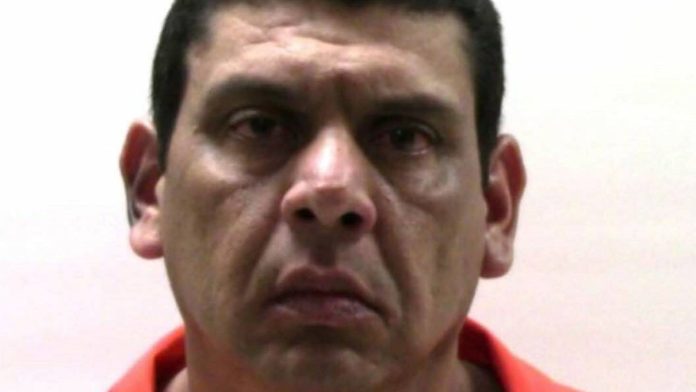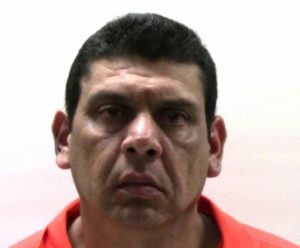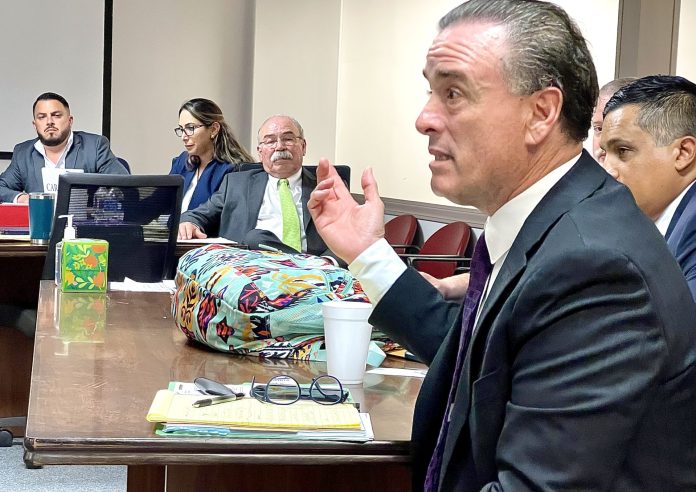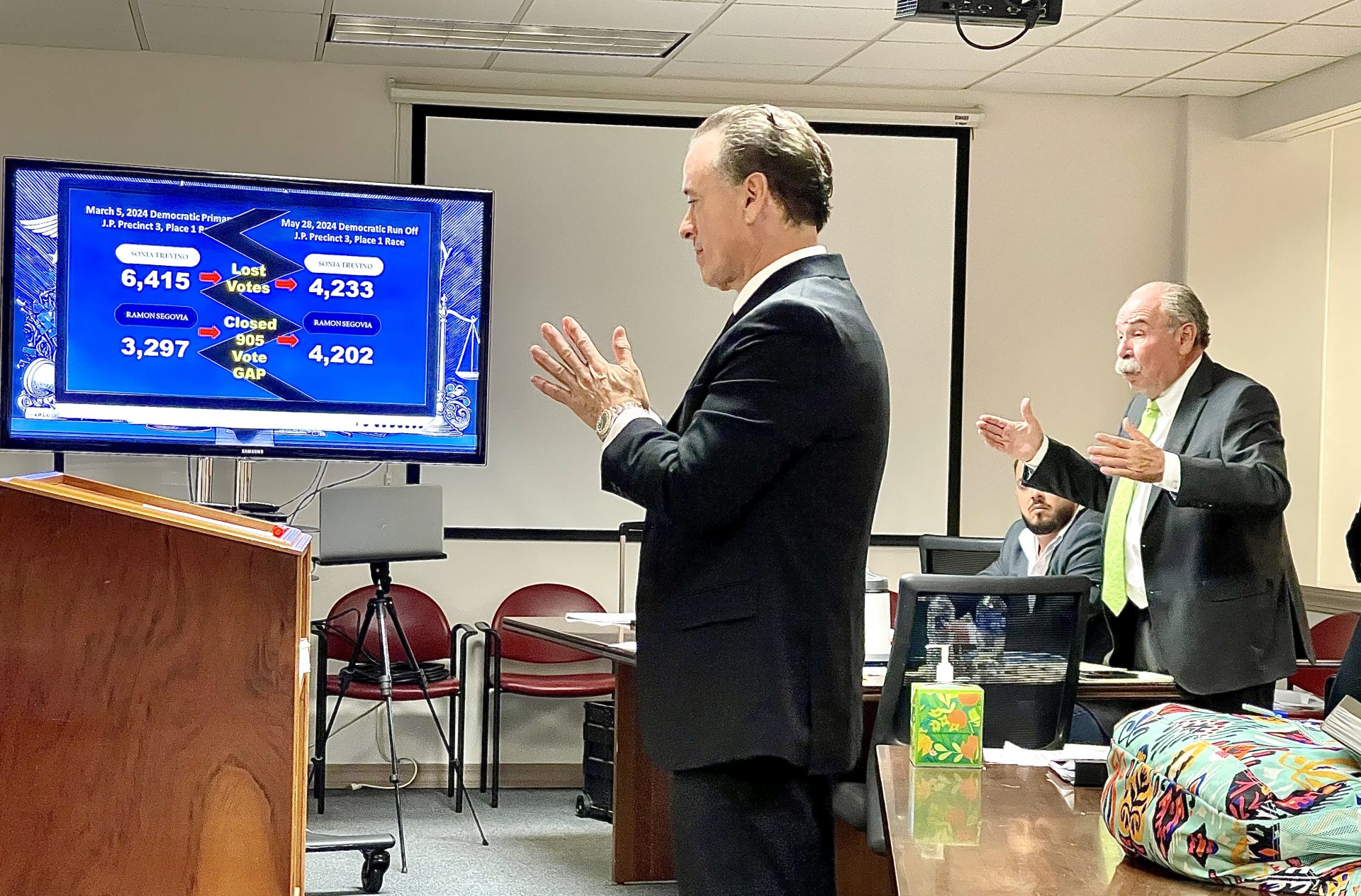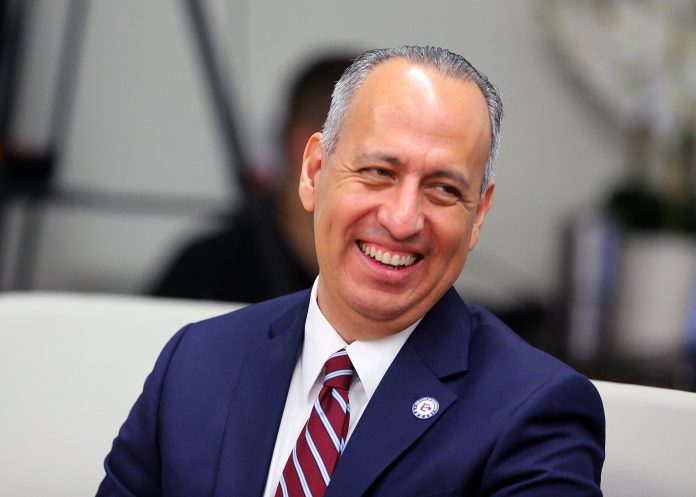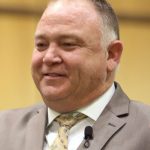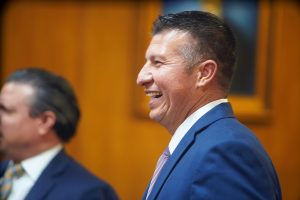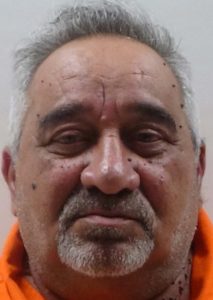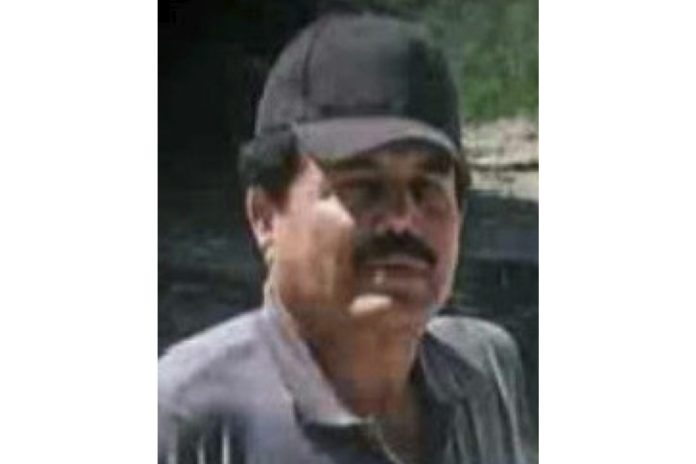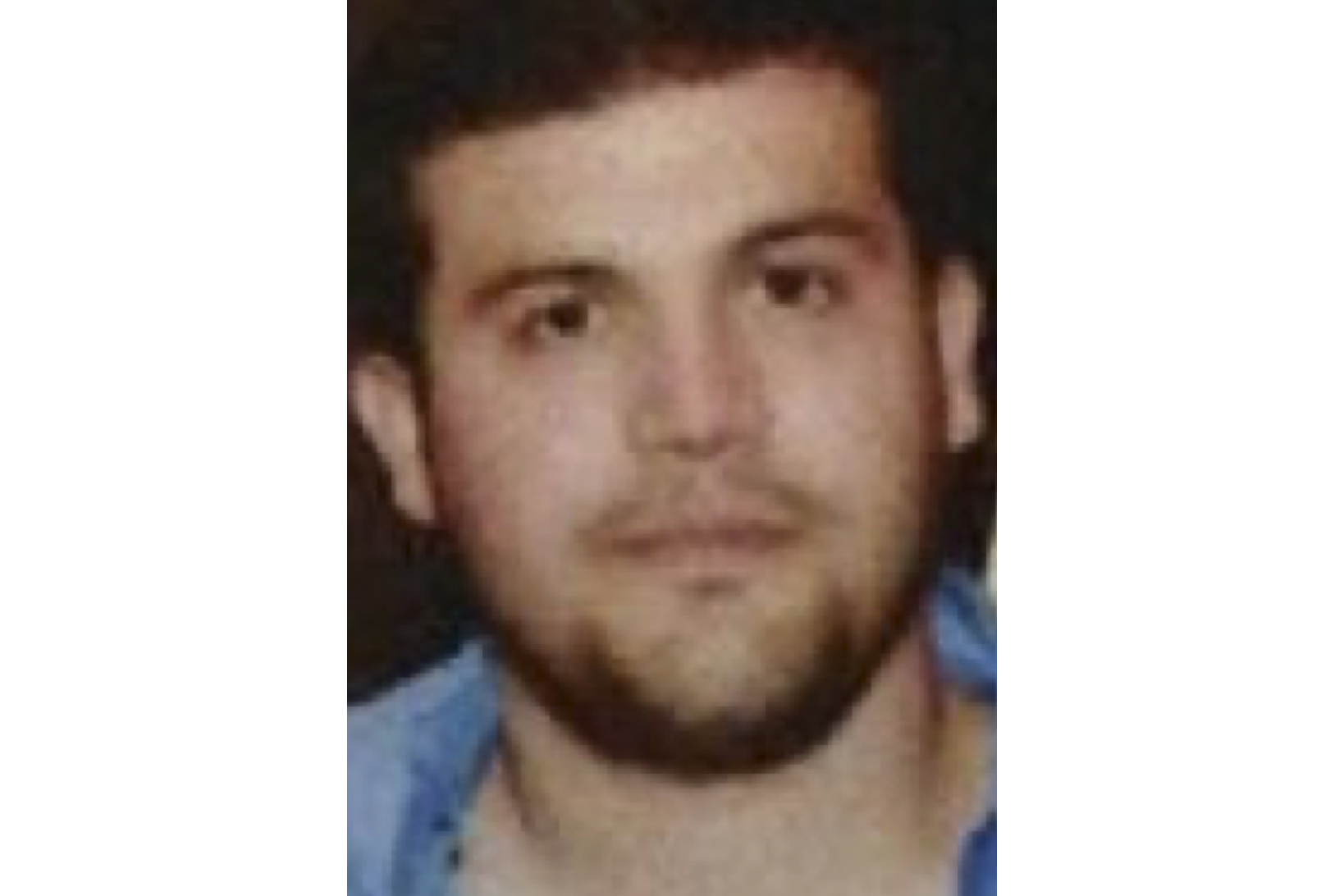
Weslaco ISD is underway with phase one of three of its $160 million bond projects with some being completed this year and early next year.
The propositions for the bond elections were passed last November by district voters totaling $160 million for the construction, acquisition and equipment for district buildings, including new school buses; and rehabilitation, renovations of performing arts and athletic facilities.
Phase one bond projects include restroom and roofing upgrades, vestibules, field replacement, tennis court improvement, running tracks, lighting upgrades, fire alarm system upgrades, HVAC upgrades, a new agriculture building and the demolition of the old Central Middle School gym.
Presenting a status of the construction bond projects at a meeting on June 25, Weslaco ISD Superintendent Richard Rivera gave the public an update on the projects with an estimated completion date for each of them.
The project’s completion dates range from as early as August to December 2026.
“I feel very comfortable that the plan is to get everything, hopefully, everything done for ‘25 or for ‘26,” Rivera said.
The first project to be completed is the installation of turf at the Weslaco East High School stadium in August, followed by the completion of band towers in October.
Some projects are scheduled to be completed in 2025 throughout the year.
In January 2025, the district estimated to have completed the new Weslaco High tennis courts and new baseball/softball fields with synthetic turf and new scoreboards.
Weslaco High and Weslaco East both have their own baseball and softball fields that will get the improvements.
“That’s kind of when the season starts, so that’s the urgency to have those ready … We already have the proposals and we’re ready for the board to select the firm to do all two softball and baseball fields,” Rivera said.
In March 2025, light upgrades for the Susan Peterson Performing Arts Center are expected to be completed and the Central Middle School gym is scheduled for demolition.
“It’s an old gym,” he said. “It’s really not used anymore and it’s in bad shape. The plan is to go ahead and build a new cafeteria in that area.”
Rivera added the proposed new cafeteria at the middle school will be part of remaining phases of the bond election projects.
The rest of 2025 includes fixing roofing at multiple schools, installing vestibules, running tracks for all middle schools and fire alarm upgrades.
District-wide HVAC projects, restroom improvements at various schools and a brand new agriculture building are set for completion in 2026.
“I’m so thankful to the citizens of Weslaco for passing the bond election,” he said. “Because without the bond election, all the projects that are there would not have been done. I appreciate the confidence in the community … it’s a win … for the boys and girls of Weslaco ISD.”



